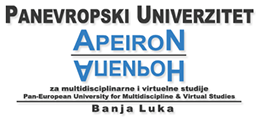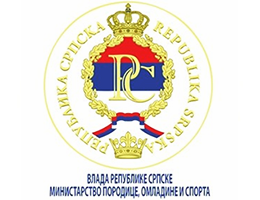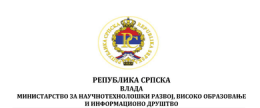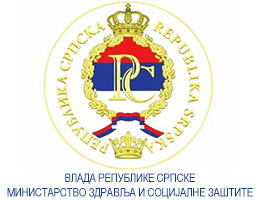Changes in the Physiological Processes During Training and Official Competitions in Young Karate Athletes
Volume 5, Issue 2 (2015)
Volume 5, Issue 2 (2015)
Changes in the Physiological Processes During Training and Official Competitions in Young Karate Athletes
Abstract:
It was conducted functional and anthropological tests on a sample of ten male karate athletes aged between 15-18 years, with long training experience, and who are candidates for the National Team of the Republic of Macedonia. The research was conducted so that the dynamics and changes in the heart rate and blood lactate levels of the karate athletes can be determined during training and during official competition. The differences in the values of blood lactates and the heart rate which emerged during training and official competition are determined by using the T-test. The resulting values for the blood lactate level show a statistically significant difference during training and official competition in all measurements at the level p <0.00. The same conclusion applies to the heart rate values, where we can also register a statistically significant difference in the values gathered during training and during official competition (p <0.00) as well as after warm up and after the measurements in all three fights
Keywords:
karate, blood lactates, heart rate, training, competition
Full Text:
References:
- Aziz, A. R., Tan, B., & Teh, K. C. (2002). Physiological responses during matches and profile of elite pencak silat exponents. Journal of sports science & medicine, 1(4), 147.
- Beneke, R., Beyer, T., Jachner, C., Erasmus, J., & Hütler, M. (2004). Energetics of karate kumite. European journal of applied physiology, 92(4-5), 518-523.
- Chaabène, M. H., Hachana, Y., Franchini, E., Mkaouer, B., & Chamari, K. (2012). Physical and physiological profile of elite karate athletes. Sports medicine, 42(10), 829-843.
- Lima, E. V. D., Tortoza, C., Rosa, L. C. L. D., & Lopes-Martins, R. A. B. (2004). Study of the correlation between the velocity of motor reaction and blood lactate in different times of combat in judo. Revista Brasileira de Medicina do Esporte, 10(5), 339-343.
- Marić, J., & Soršak T. (1985). Uvođenje metodologije određivanja laktata u krvi kod hrvača klasičnim načinom. Zagreb: Fakultet za fizičku kulturu. [In Croatian]
- Nilsson, J., Csergö, S., Gullstrand, L., Tveit, P., & Refsnes, P. E. (2002). Work-time profile, blood lactate concentration and rating of perceived exertion in the 1998 Greco-Roman wrestling World Championship. Journal of Sports Sciences, 20(11), 939-945.
- Karnincic, H., Tocilj, Z., Uljevic, O., & Erceg, M. (2009). Lactate Profile during Greco-Roman Wrestling Matchx. Journal of sports science & medicine, 8(CSSI3), 17.
- Kraemer, W. J., Fry, A. C., Rubin, M. R., Triplett-McBride, T., Gordon, S. E., Koziris, L. P., & Fleck, S. J. (2001). Physiological and performance responses to tournament wrestling. Medicine and science in sports and exercise, 33(8), 1367-1378.
- Klisuras V. (2013). Osnovi sportske fiziologije. Beogra: Institut za sport. [In Serbian]
- Sterkowicz, S., & Rukasz, W. (1997). Analysis of the Training of workload plan for judo competitors. Cracow Academy of Physical Education.
- Yoon, J. R., Bang, D. D., & Jun, H. S. (1994). The development of sparring types for elite Korean national wrestlers. Korean J Sports Sci, 5(2), 15-24.






